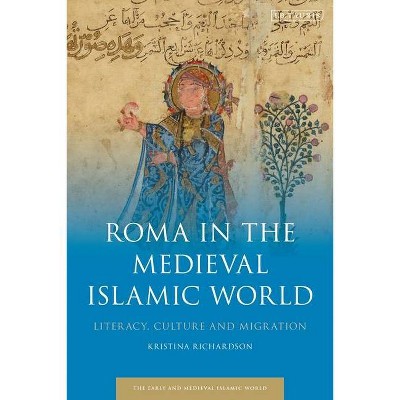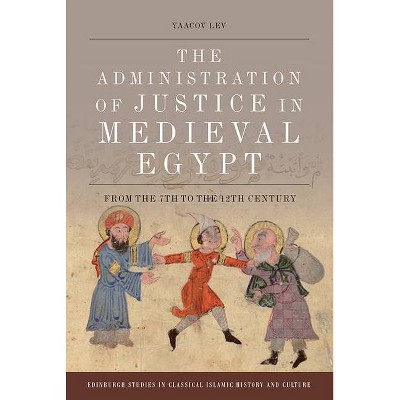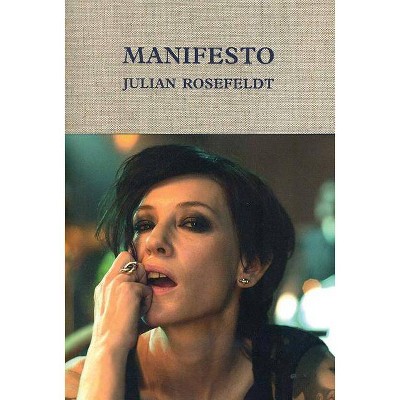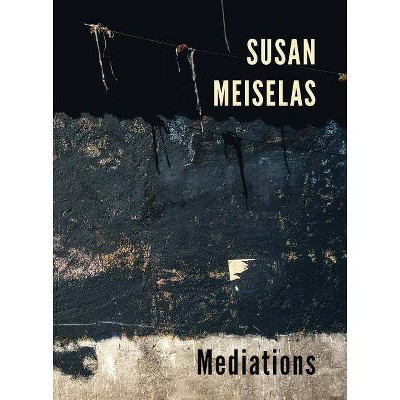Islamic Manuscripts of Late Medieval Rum, 1270s-1370s - (Edinburgh Studies in Islamic Art) by Cailah Jackson (Hardcover)
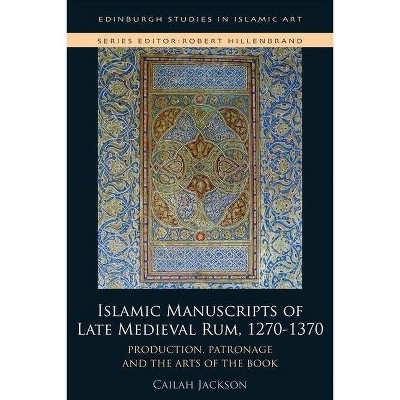
Similar Products
Products of same category from the store
AllProduct info
<p/><br></br><p><b> About the Book </b></p></br></br><p>Meticulously analysing 15 beautifully decorated Arabic and Persian manuscripts, Cailah Jackson traces the development of calligraphy and illumination in late medieval Anatolia before the rise of the Ottoman Empire.</p><p/><br></br><p><b> Book Synopsis </b></p></br></br>Between the Mongol invasions in the mid-13th century and the rise of the Ottomans in the late 14th century, the Lands of Rūm were marked by instability and conflict. Despite this, a rich body of illuminated manuscripts from the period survives, explored here in this extensively illustrated volume. Meticulously analysing 15 beautifully decorated Arabic and Persian manuscripts, including Qur'ans, mirrors-for-princes, historical chronicles and Sufi works, Cailah Jackson traces the development of calligraphy and illumination in late medieval Anatolia. She shows that the central Anatolian city of Konya, in particular, was a dynamic centre of artistic activity and that local Turcoman princes, Seljuk bureaucrats and Mevlevi dervishes all played important roles in manuscript production and patronage.<p/><br></br><p><b> From the Back Cover </b></p></br></br>The first in-depth survey of illuminated manuscripts from Anatolia before the rise of the Ottoman Empire Between the Mongol invasions in the mid-13th century and the rise of the Ottomans in the late 14th century, the Lands of Rūm were marked by instability and conflict. Despite this, a rich body of illuminated manuscripts from the period survives, explored here in this extensively illustrated volume. Meticulously analysing 15 beautifully decorated Arabic and Persian manuscripts, including Qur'ans, mirrors-for-princes, historical chronicles and Sufi works, Cailah Jackson traces the development of calligraphy and illumination in late medieval Anatolia. She shows that the central Anatolian city of Konya, in particular, was a dynamic centre of artistic activity and that local Turcoman princes, Seljuk bureaucrats and Mevlevi dervishes all played important roles in manuscript production and patronage. Key Features Includes the codicological examination of 15 Persian and Arabic manuscripts including the Mas̲navī of Jalāl al-Dīn Rūmī (1278), the Qaramanid Qur'an (1314-15) and the Dīvān-i Kabīr of Jalāl al-Dīn Rūmī (1368) Translates new and unpublished primary sources on the cultural history of the period, including manuscript colophons, dedications and endowment notes Includes a comprehensive catalogue of key manuscripts Fully illustrated in colour with many unpublished or hard-to-find images Cailah Jackson is the Salem and Bakr bin Ladin Junior Research Fellow at the Oxford Centre for Islamic Studies. She is the recipient of several awards including the 2018 BRISMES Leigh Douglas Memorial Dissertation Prize and the 2017 HIAA Margaret B. Sevčenko Prize.<p/><br></br><p><b> About the Author </b></p></br></br><p>Cailah Jackson is the Salem and Bakr bin Ladin Junior Research Fellow at the Oxford Centre for Islamic Studies. She is the recipient of several awards including the 2018 BRISMES Leigh Douglas Memorial Dissertation Prize and the 2017 HIAA Margaret B. Sevčenko Prize.<p>
Price History
Price Archive shows prices from various stores, lets you see history and find the cheapest. There is no actual sale on the website. For all support, inquiry and suggestion messages communication@pricearchive.us





